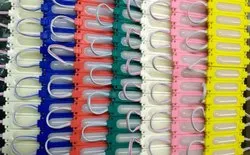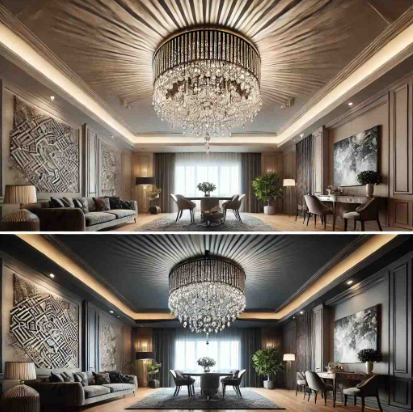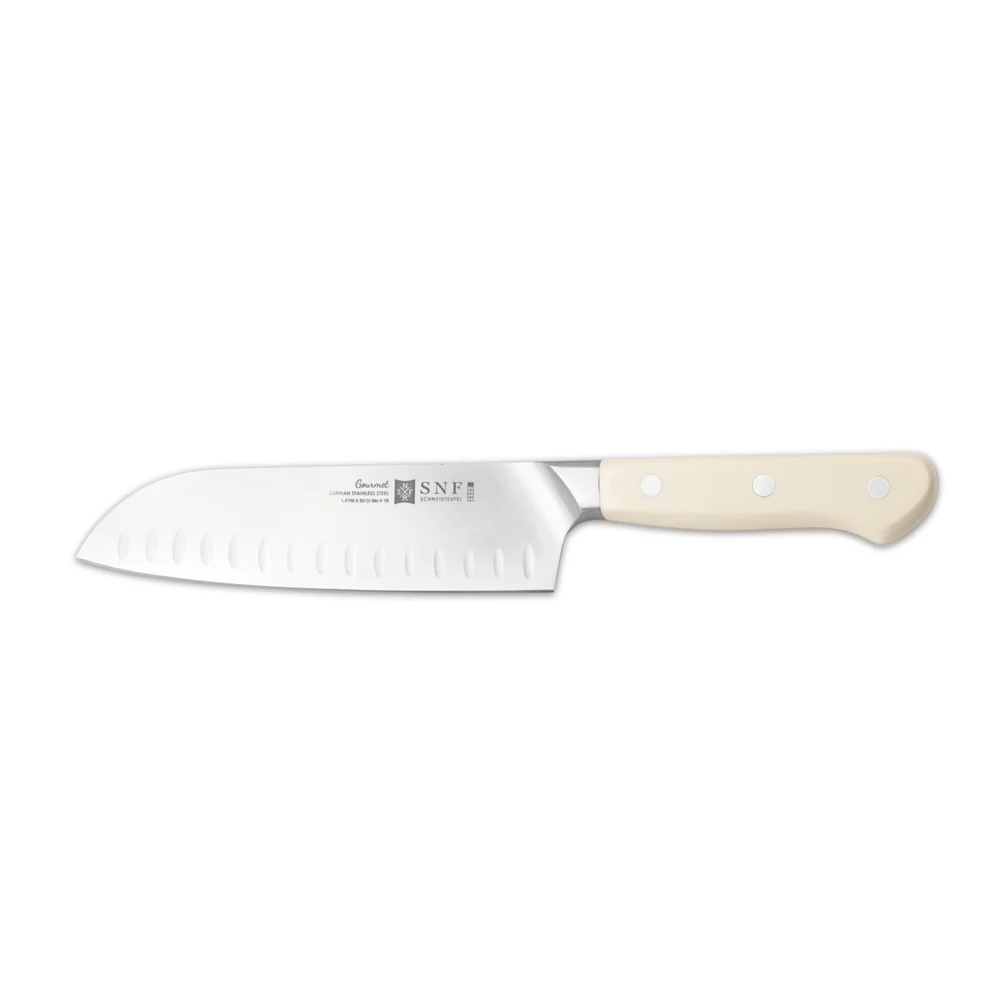In the world of LED lighting, not all LEDs are created equal—even when they appear identical. Behind every LED module lies a system that controls its color, brightness, voltage, and overall consistency. This system is called LED binning, and its codes—known as LED bin codes—play a crucial role in quality control, especially for bulk buyers.
If you’re a wholesaler, OEM brand, or importer placing large LED Module Wholesale orders, understanding LED bin codes can help you avoid serious issues like mismatched color temperatures, inconsistent brightness, or poor product performance. In this guide, we’ll break down what bin codes are, why they matter, and how to use them to ensure consistency in your bulk LED purchases.
What Are LED Bin Codes?
LED bin codes are classification tags assigned to LEDs based on specific performance characteristics such as:
-
Luminous flux (brightness in lumens)
-
Color temperature (measured in Kelvins)
-
Forward voltage (electrical power required)
-
Chromaticity coordinates (color point on the color space)
Manufacturers test LEDs during production and sort them into “bins” based on these properties. Each bin gets a unique code so buyers can request or specify the exact performance range they want.
Why Binning Exists
LEDs, even when manufactured from the same materials on the same production line, do not all perform identically. Tiny differences during semiconductor fabrication can cause variations in:
-
Brightness
-
Color shade
-
Power usage
Without binning, an LED batch could contain noticeable color and brightness differences, which would be a disaster in high-end applications like display signage, architectural lighting, or automotive LEDs.
Key Types of LED Binning
🔹 1. Color (CCT) Binning
Measured in Kelvin (K), color binning sorts LEDs by correlated color temperature. For example:
| Bin Code | Color Temp |
|---|---|
| A1 | 2700K (warm white) |
| B2 | 3000K |
| C3 | 4000K (neutral white) |
| D4 | 5000K (cool white) |
| E5 | 6500K (daylight) |
Why it matters: Mixing bins can result in inconsistent color across fixtures. Imagine a warm-white room lit with some 2700K LEDs and others at 3500K—they’ll appear mismatched.
🔹 2. Lumen (Flux) Binning
Sorts LEDs by brightness levels, typically measured in lumens.
| Bin | Luminous Flux (lm) |
|---|---|
| A | 70–80 |
| B | 81–90 |
| C | 91–100 |
| D | 101–110 |
Why it matters: In signage or high-precision applications, variations in brightness can cause visual disruptions.
🔹 3. Voltage Binning
LEDs may have slightly different forward voltages, even within the same type.
| Bin | Voltage (V) |
|---|---|
| A | 2.8–2.9 |
| B | 2.9–3.0 |
| C | 3.0–3.1 |
Why it matters: Variations in voltage can affect dimming curves, power consumption, and thermal output—especially in series connections.
🔹 4. Chromaticity (MacAdam Ellipses)
This advanced binning method defines color precision using elliptical zones on the color spectrum. The closer the LED’s color is to the center of the ellipse, the more precise it is.
-
1-step MacAdam = extremely tight tolerance (high-end displays)
-
3-step MacAdam = standard for commercial lighting
-
5+ steps = risk of visible color shift
Why it matters: Ensures color uniformity across large installations.
How to Read LED Bin Codes
Each manufacturer uses its own binning structure, but a typical bin code might look like:
CCT35-BR-V28
Where:
-
CCT35 = Color temp ~3500K
-
BR = Brightness range
-
V28 = Voltage bin 2.8–2.9V
Ask your supplier for the bin code breakdown chart, especially if ordering from top-tier brands like:
-
Cree
-
Nichia
-
Osram
-
Samsung
Each brand maintains their own binning maps, and understanding them can help you specify exactly what you need.
Why Bin Consistency Matters in Bulk LED Orders
When buying 1,000+ modules, you don’t want:
-
Color variation from unit to unit
-
Different power draw affecting system balance
-
Uneven brightness ruining your display
Here’s what can happen with poor bin management:
| Problem | Consequence |
|---|---|
| Mixed CCT bins | Patchy or “zebra-stripe” effect in large lighting areas |
| Flux variation | Uneven brightness on walls, signs, or product shelves |
| Voltage difference | Overload in certain circuits; flickering in dimmers |
| Inconsistent chromaticity | Poor visual impression in retail, hotel, or stage lighting |
Case Study: LED Bin Code Importance in Retail Chains
Client: European fashion brand
Need: Uniform 3000K lighting across 150+ stores
Mistake: Bulk LED order without specifying color bin
Result:
-
Some stores appeared warmer than others
-
Customer complaints about dressing room lighting
-
Costly replacement and reinstallation
Lesson: They now specify 3-step MacAdam, 3000K ±100K bin codes in every PO.
How to Specify Bin Codes When Ordering
-
Request the bin code chart from the manufacturer.
-
Identify the bins that match your performance targets (e.g., CCT = 4000K ±150K, lumen = 90–100lm).
-
Add the bin code requirement in your purchase contract or order notes.
-
Ask the supplier to:
-
Confirm stock availability in that bin
-
Include bin codes on the packaging or labels
-
Provide batch reports with your shipment
-
Pro Tip: For large orders, ask for a “single-bin guarantee” to ensure all modules in your shipment come from the same bin group.
Questions to Ask Your Supplier About Binning
-
What binning standard do you use (ANSI, MacAdam, etc.)?
-
Can I choose or specify LED bin codes in my order?
-
What is the bin tolerance for color and brightness?
-
Are your LEDs sorted before packaging or mixed post-testing?
-
Do you guarantee single-bin consistency for bulk orders?
-
Can you provide a batch bin report?
How to Test Binning Consistency (If Samples Arrive)
Use tools like:
-
Spectrometer: Measures CCT, CRI, chromaticity
-
Lux Meter: For brightness
-
Multimeter: For forward voltage
-
Visual Wall Test: Light 10–20 modules side by side and look for visible shifts
Document each test result and ask your supplier to explain any variance outside the expected bin range.
What Happens If You Ignore Bin Codes?
| Risk | Example |
|---|---|
| Visible color mismatch | In hotel ceiling lights—ruins guest perception |
| Technical overload | Due to voltage variance in connected modules |
| Warranty rejection | If supplier claims bin mismatch caused failure |
| Delayed production | Due to re-sorting or re-ordering correct bins |
| Lost customer trust | Especially in architectural or design-focused industries |
Which Industries Must Prioritize Binning?
-
Signage and display manufacturers
-
Architectural lighting designers
-
Film and TV studios
-
Retail and hospitality chains
-
Medical and surgical equipment suppliers
-
Automotive LED system designers
In these industries, even minor inconsistencies can create visual, functional, or legal problems.
Summary: Best Practices for Managing LED Bin Codes
✅ Always ask for binning specs and charts
✅ Request bin-specific samples before full orders
✅ Include bin requirements in purchase agreements
✅ Test incoming shipments for bin consistency
✅ Ask for batch reports showing bin details
✅ Choose manufacturers with binning transparency
Final Thoughts
When sourcing LED modules in bulk, understanding and managing LED bin codes is non-negotiable. It’s the difference between delivering a premium, consistent lighting experience and dealing with mismatched, flawed installations.
Don’t let bin mismatches damage your brand, slow your operations, or increase your costs. With proper bin code knowledge and supplier collaboration, you’ll ensure every module you receive is a perfect match—every time.















